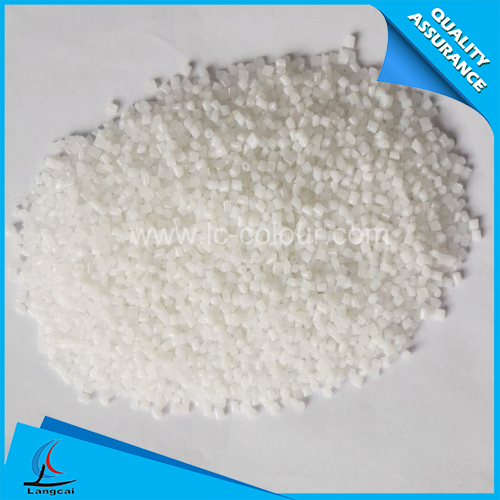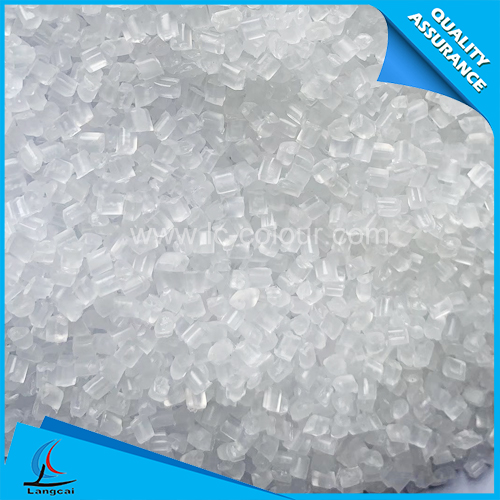- Nonwoven Fabrics
- Tailor Made Masterbatch
- Plastic Masterbatch
- Chemical Fiber Masterbatch
- Functional Masterbatch
- Machinery
- Spunbond PP Nonwoven Masterbatch
- Mono Color Masterbatch
- Liquid Color Masterbatch
- Non-woven Masterbatch
- Polyester Fiber Masterbatch
- Nylon Fiber Masterbatch
- Polypropylene Fiber Masterbatch
- Lab Nonwoven Machine
- Lab BCF Machine
- Dryer
- Filler Masterbatch
- The economic operation of China's industrial textile industry has remained generally stable
- How does Mono Color Masterbatch enhance the value of plastic products?
- Unveiling the core components of Mono Color Masterbatches!
- The 2025 International Textile Innovation Conference will be held in Keqiao, Shaoxing on November 5th
- Why choose Mono Color Masterbatches? The four core advantages are irreplaceable
- The adjustment of the global industrial chain has forced the upgrading of the risk prevention and control model
- Phone:00836 - +86-535-8484358
- Email:wendy@ytlc-colour.com
- Address:DALAN INDUSTRIAL PARK, ZHANGXING TOWN, ZHAOYUAN CITY, SHANDONG, CHINA
(1) The coloring performance advantage of masterbatch is outstanding
Since the colorant directly contacts the air during storage and use, it is prone to moisture absorption, oxidation, agglomeration, etc., direct use will cause color spots on the surface of the plastic product, the hue is dark, and the color is easy to fade. The color masterbatch undergoes mechanical processing during the production process to refine the colorant. The colorant, resin carrier and various additives are fully mixed to isolate the colorant from air and moisture, thereby enhancing the colorant The weather resistance, improve the dispersibility and tinting strength of the colorant.
(2) Masterbatch is one of the key factors that determine the quality of downstream plastic products
The proportion of masterbatch added in plastic products is generally more than 2%. Although the cost in the production process of downstream enterprises is relatively low, it has an important impact on the appearance and quality of plastic products. Plastic products are generally produced on a large scale and continuously. If the technical indicators such as color difference, dispersion and migration resistance of the masterbatch used do not meet the standards, it will often lead to a decline in the quality of the whole batch of products or even scrap. Therefore downstream customers pay great attention to the masterbatch The quality level and quality stability of the pellets. The development and deepening of masterbatch technology has promoted the technological progress and industrial upgrading of the plastic products industry.
(3) Masterbatch can promote the clean production of downstream plastic products industry
The use of color masterbatches in the production of plastic products can generally reduce the discharge of dust, sewage and other pollutants, protect the health of employees, and reduce the waste of colorants, which is in line with the national industry policy orientation and the green industry trend. When downstream plastic manufacturers add and mix traditional powdery coloring materials, it is easy to cause dust to fly, which may cause health damage to production personnel, and requires frequent cleaning of the working environment, resulting in a large amount of pigment wastewater discharge. In addition, the dispersibility of traditional powdery coloring materials in resins is worse than that of masterbatch, which leads to more additions under the same coloring requirements. Liquid coloring materials are prone to spills when they are added and mixed, and may flow out during cleaning, which may cause water pollution.
The color masterbatch disperses the colorant in the carrier resin, and there is less dust during the addition and mixing process; the downstream product enterprise that uses the color masterbatch coloring has a clean production environment, simple cleaning, and reduced waste water discharge, which is suitable for the clean production of downstream plastic product manufacturers Trends and requirements. The masterbatch has good dispersibility and reduces the waste of colorants.
(4) Reduce the cost of comprehensive downstream use
Since the color masterbatch and the resin particles are similar in shape, it is more convenient and accurate in measurement, and will not stick to the container during mixing, thus saving the time for cleaning the container and the machine and the raw materials used for the cleaning machine.
A small amount of functional masterbatch is added to a large amount of resin and processed once to become a product. Compared with the modified plastic technology that has to go through two processing processes from resin to product, most materials experience one less processing process, which not only saves processing costs, but also helps maintain product performance. Functional masterbatch shows a certain substitution trend for modified plastics.
- How does Mono Color Masterbatch enhance the value of plastic products?
- The economic operation of China's industrial textile industry has remained generally stabl
- Unveiling the core components of Mono Color Masterbatches!
- The 2025 International Textile Innovation Conference will be held in Keqiao, Shaoxing on N
- Why choose Mono Color Masterbatches? The four core advantages are irreplaceable
- The adjustment of the global industrial chain has forced the upgrading of the risk prevent
- What is a Complex masterbatch? What are the outstanding advantages?
- With weak US cotton and increased domestic supply, can the upward trend continue in the fu
- Yantai Liangcai Plastic Technology Co., Ltd. specializes in the production of Monochromati
- The predicament of Sino-US trade and exchange rate fluctuations


